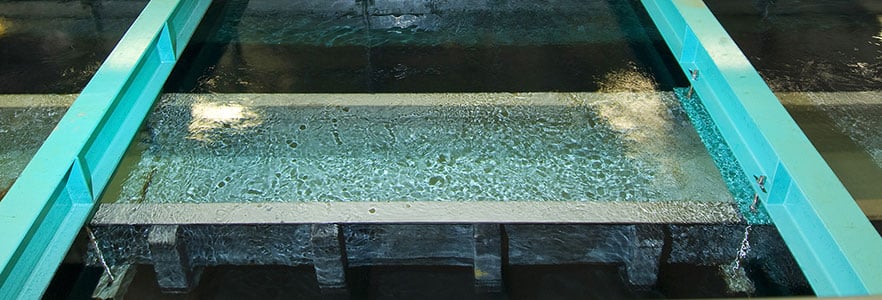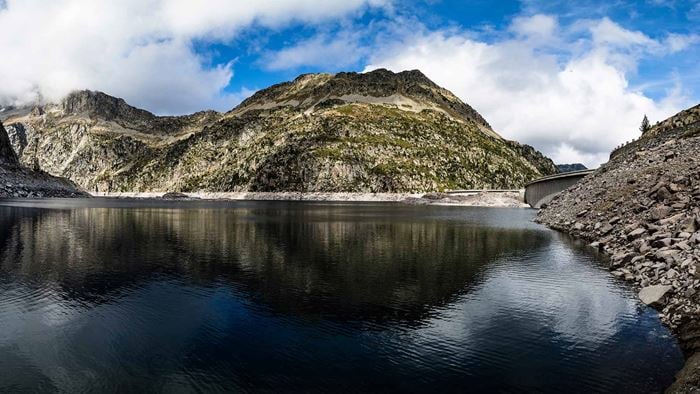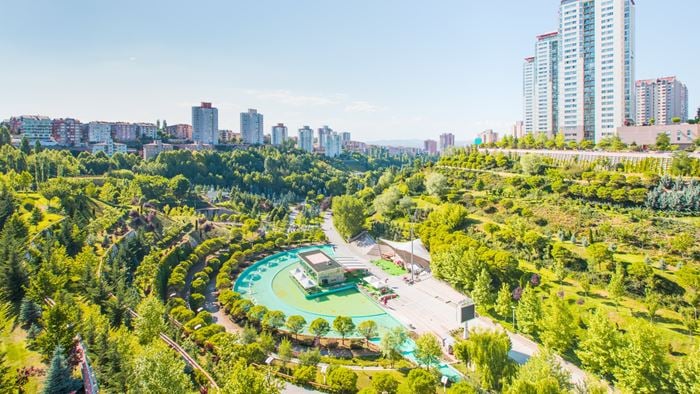It’s the most essential element to human life. Yet, in today’s world water provision is both varied and polarised. To many, access to clean drinking water is a basic human right.
To others, it is a commodity that should be monetised drop by drop. It seems simultaneously unfair to force the poor to pay the full cost of supply yet irrational to believe that we can provide populations of millions with clean drinking water without some personal cost.
I believe we will need increasing flexibility in how we plan and organise our water supply if production is to remain sustainable in our increasingly urbanised world.
We all need litres of potable water every day. And across the world, water provision varies greatly, from long trips to wells, to plastic bottles, to leak-proof modern urban distribution systems. A combination of issues faces water provision: geographical, political, physical, infrastructure and legacy.
Wherever you live, water provision is affected by legacy issues: from historical use rights to traditional water-intensive crop growing practices. Farmers’ long-held water rights might support and encourage high-volume use of water to irrigate fields. In drought-ridden California it’s reckoned to take a gallon of water to grow every single almond. And the legacy of poor network maintenance is also common. In Croatia, up to 40% of the treated drinking water is lost in leaks.
Increasing usage is a major cause of present and future problems. Every water provider needs to maintain an effective, safe and sustainable supply, at a price that supports their operational needs and allows for future investment. And as the World Economic Forum made clear in 2014, ‘in every sector the demand for water is expected to increase and analysis suggests that the world will face a 40% global shortfall between forecast demand and available supply by 2030.’
In another of the many effects of global urbanisation, city populations are growing and with them use of water is increasingly rapidly. Connecting up disparate areas with networks of pipes and pumping stations is expensive and time-consuming. Across these emerging cities there’s a need to invest more in better quality water infrastructure and a danger that lower-cost infrastructure will be implemented leading to long-term problems later.
Widespread use of metering is proving a powerful way to help consumers understand and moderate their water usage. And design could play a valuable role here, if we designed all taps to stop after eight seconds perhaps we could finally persuade people not to waste excessive water every time they use the sink? But lower use and lower bills could ultimately spell commercial trouble for water utility companies. Balancing these effects, regulation will have a key role to play as governments wrestle with how to incentivise the right outcomes.
New thinking is needed. Today’s water systems are often little-changed in decades, the time to acknowledge the emerging challenges facing our urban water supply honestly and bring an engineer’s rational take to these issues is long overdue.
 ;
;



